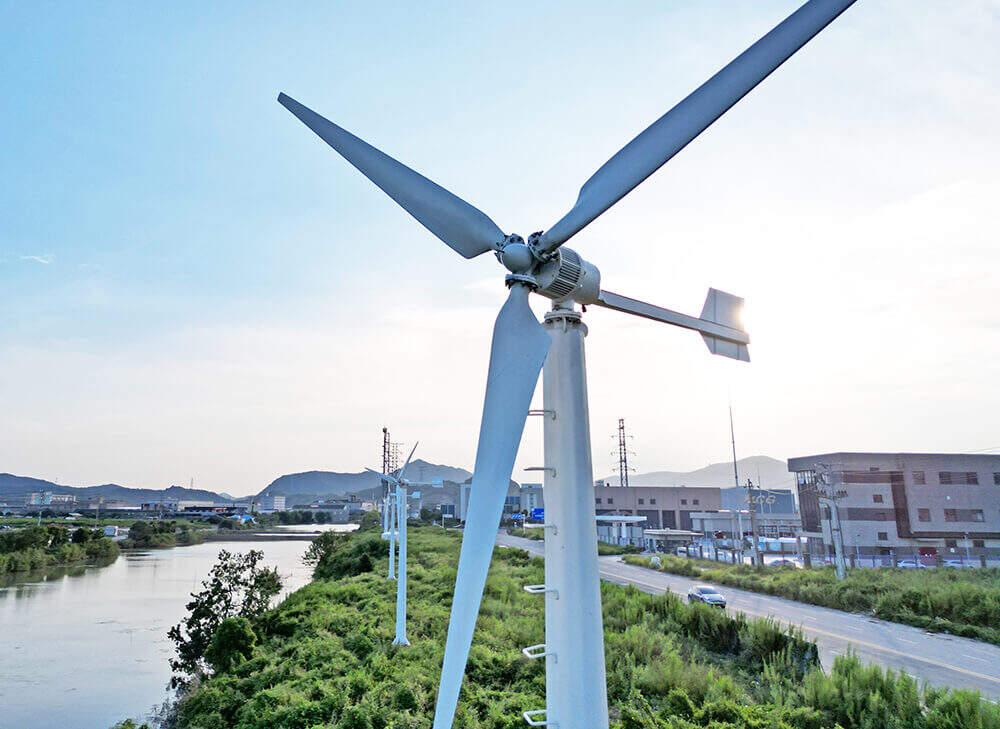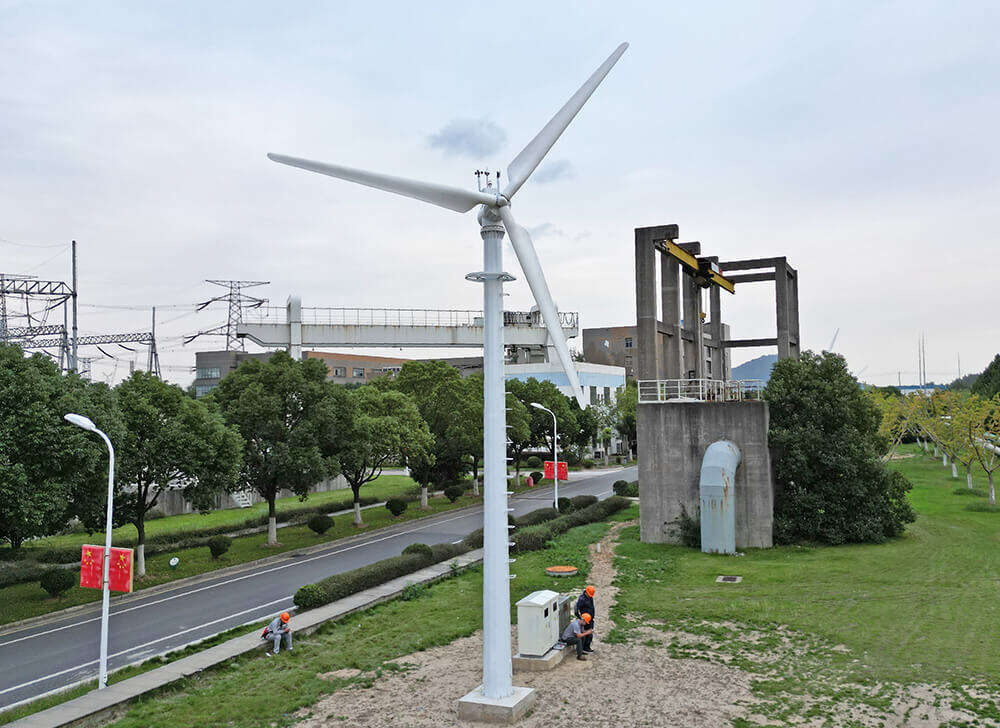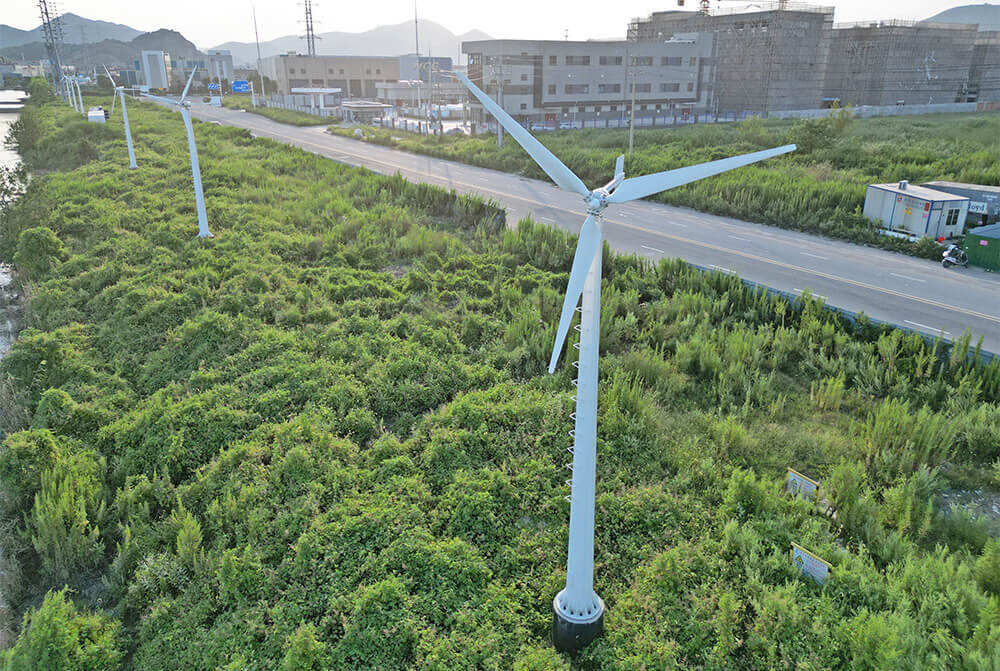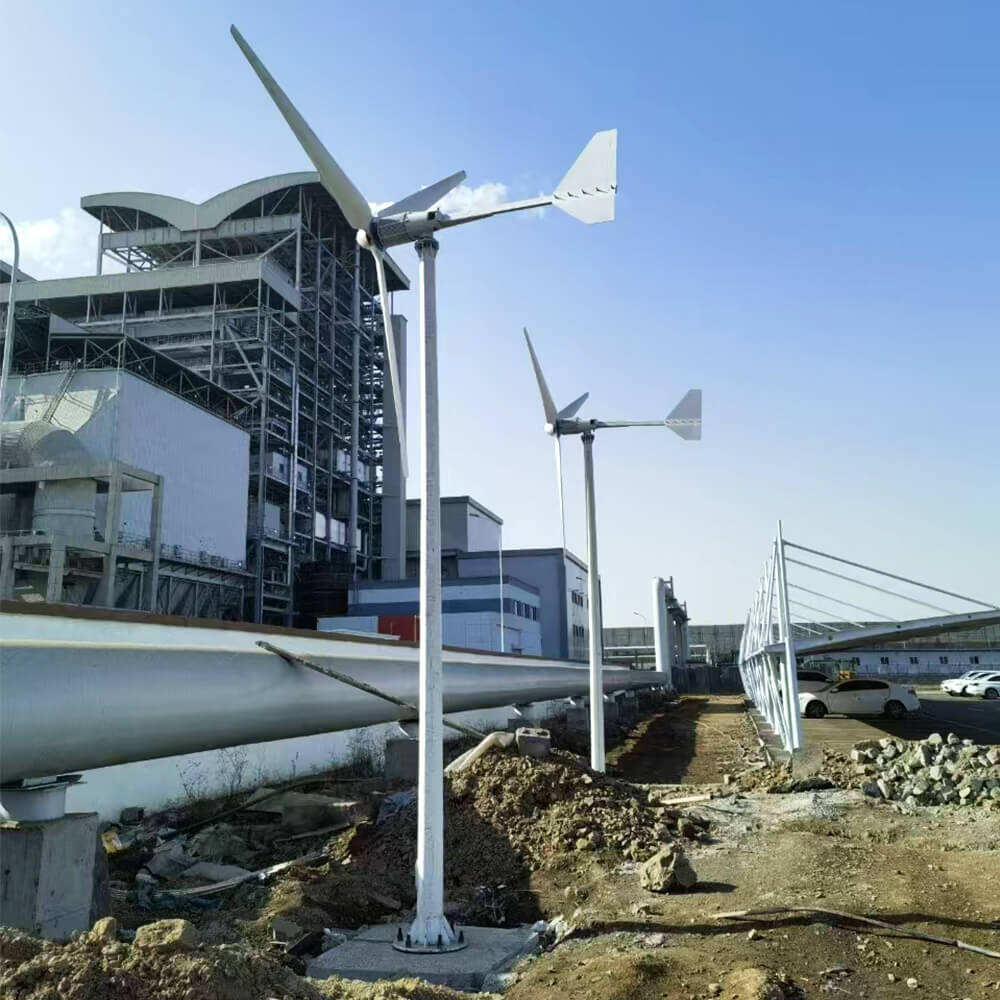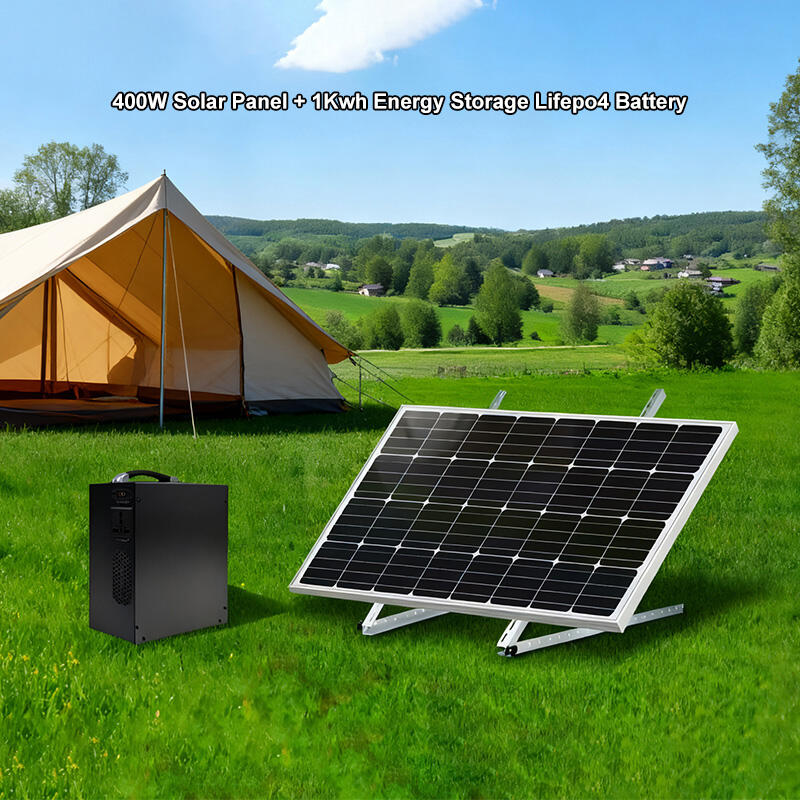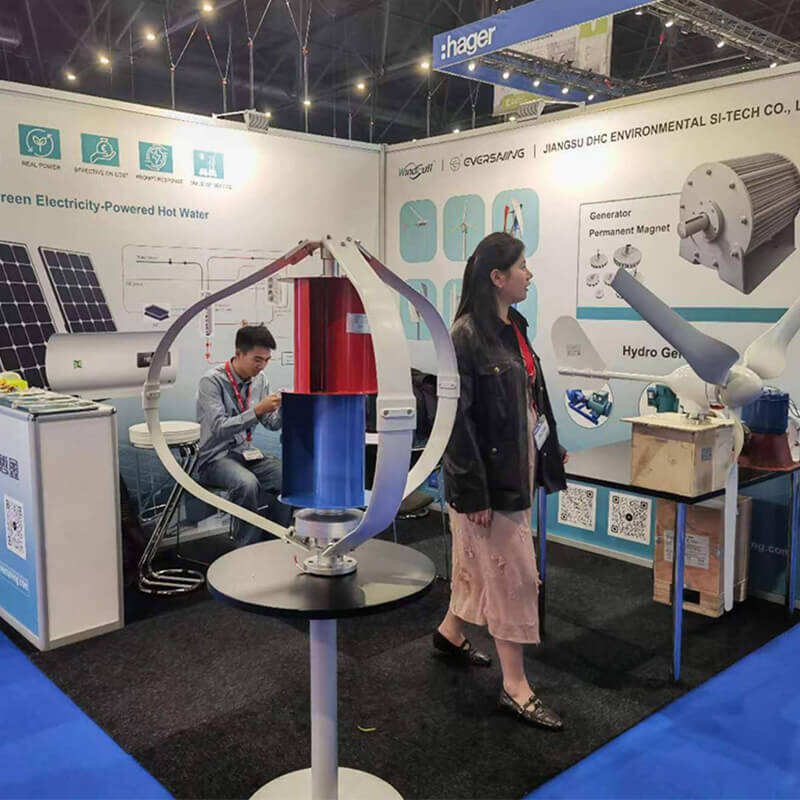Frequently Asked Questions About Types of Wind Turbine
How Are Wind Turbines Classified?
Wind turbines are classified based on their axis, which can be either horizontal or vertical.
The primary classification revolves around the orientation of their rotor axis, leading to two main categories: horizontal axis wind turbines are the most common and look like propellers on a tall tower and vertical axis wind turbines have blades attached from top to bottom and are less common.
Horizontal axis wind turbines are the most common type, constituting approximately 95% of global wind power capacity in 2024, while vertical axis wind turbines represented about 5%.
What Are The Parts of A Wind Turbine?
A wind turbine is made up of several crucial parts. The blades, which are normally three in number and serve to capture the wind’s energy, come first. A central shaft is attached to these blades. The shaft rotates in tandem with the blades because of the wind. A generator attached to the shaft transforms the mechanical energy from the rotating shaft into electrical power.
The entire structure is put on top of a tall tower to sustain these parts and gather wind at a higher altitude. Together, these crucial components enable a wind turbine to capture wind energy and produce electricity.
What is Nacelle in Wind Turbines?
A wind turbine’s nacelle is like a control center. This is a protective enclosure that houses critical components such as transmissions, generators, and other electrical and mechanical systems.
The nacelle is typically located behind the turbine blades and mounted at the top of the tower. It plays an important role in maintaining and controlling the operation of the wind turbine, converting the mechanical energy of the rotating blades into electricity, and ensuring efficient and safe operation of the turbine.
Inside the nacelle, the following components can be found:
-Generator: It is the generator’s job to convert the mechanical energy that the turbine’s rotating blades produce into electrical energy. Electromagnetic induction helps to speed up this process.
-Gearbox: In many wind turbines, a gearbox is used to accelerate the low-speed shaft that is connected to the rotor’s rotation in comparison to the high-speed shaft that is connected to the generator. The generator can produce electricity more effectively thanks to this amplification.
-Control Systems: To monitor numerous parameters, including wind speed, direction, and turbine performance, sophisticated control systems are placed within the nacelle. To maximize energy production and guarantee safe operation, these systems modify the orientation of the wind turbine and the pitch angle of the blades.
-Cooling and Ventilation: Given the significant heat generated by the generator and gearbox during operation, the nacelle is equipped with cooling and ventilation systems to maintain optimal operating temperatures.


